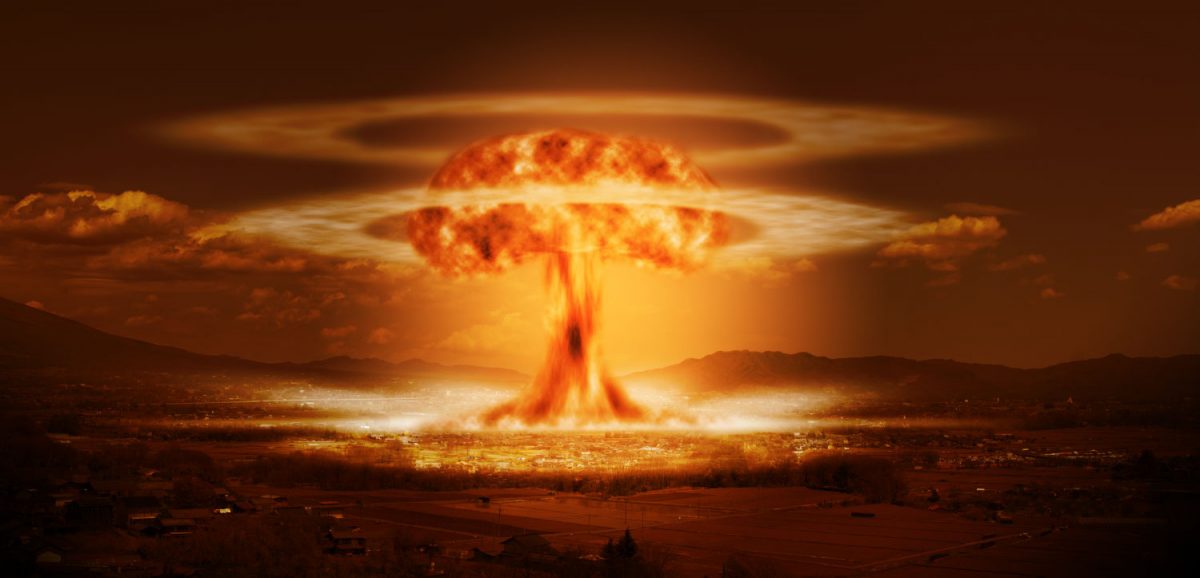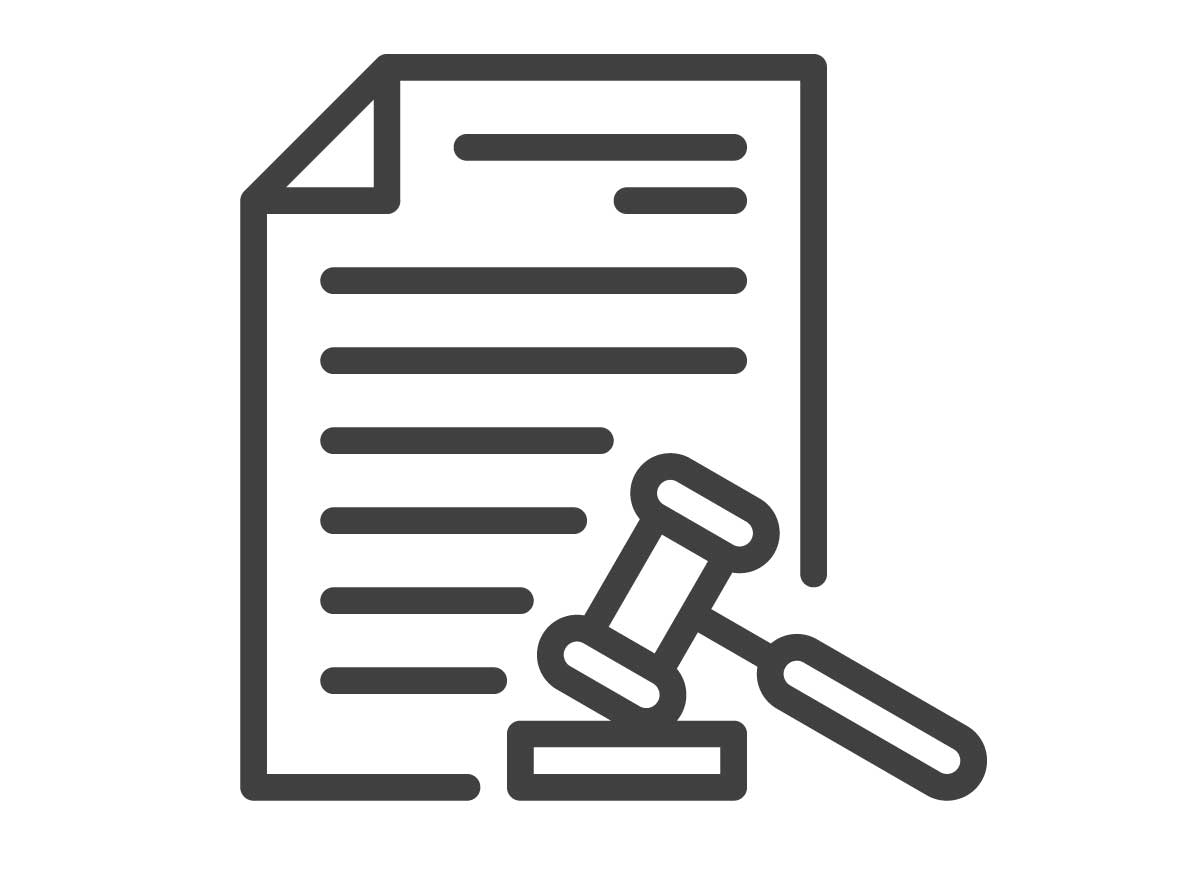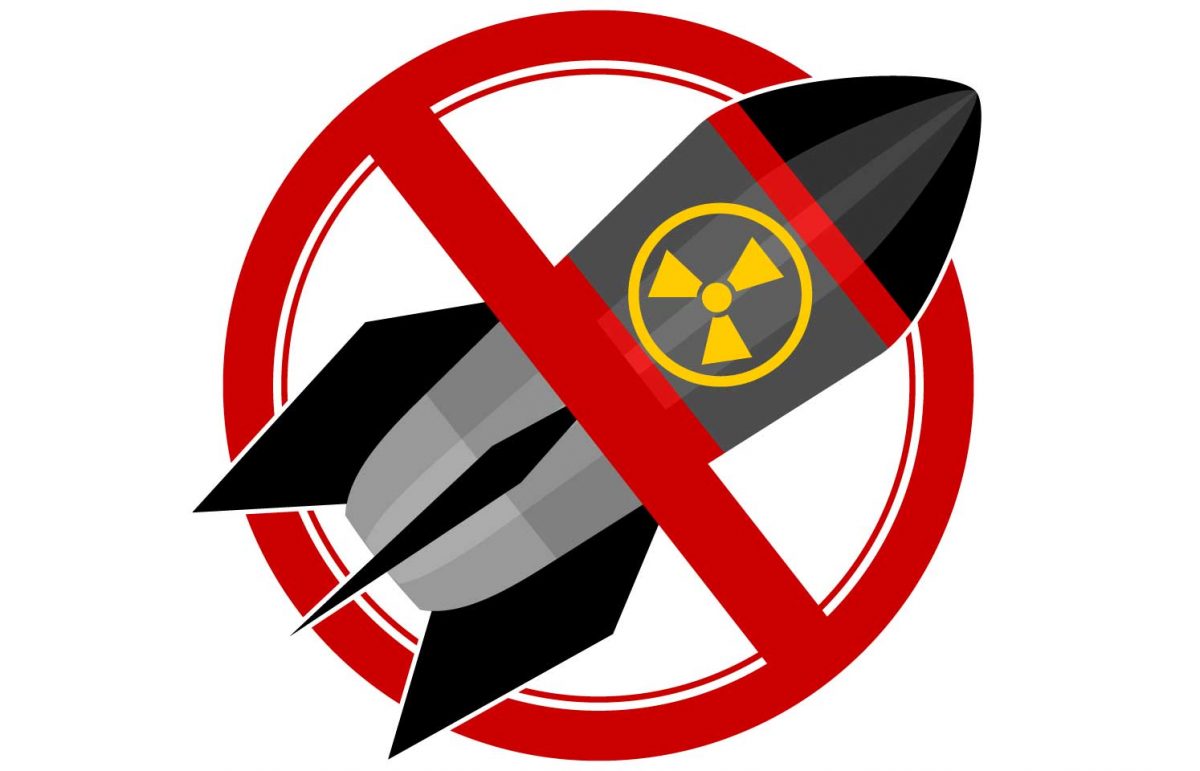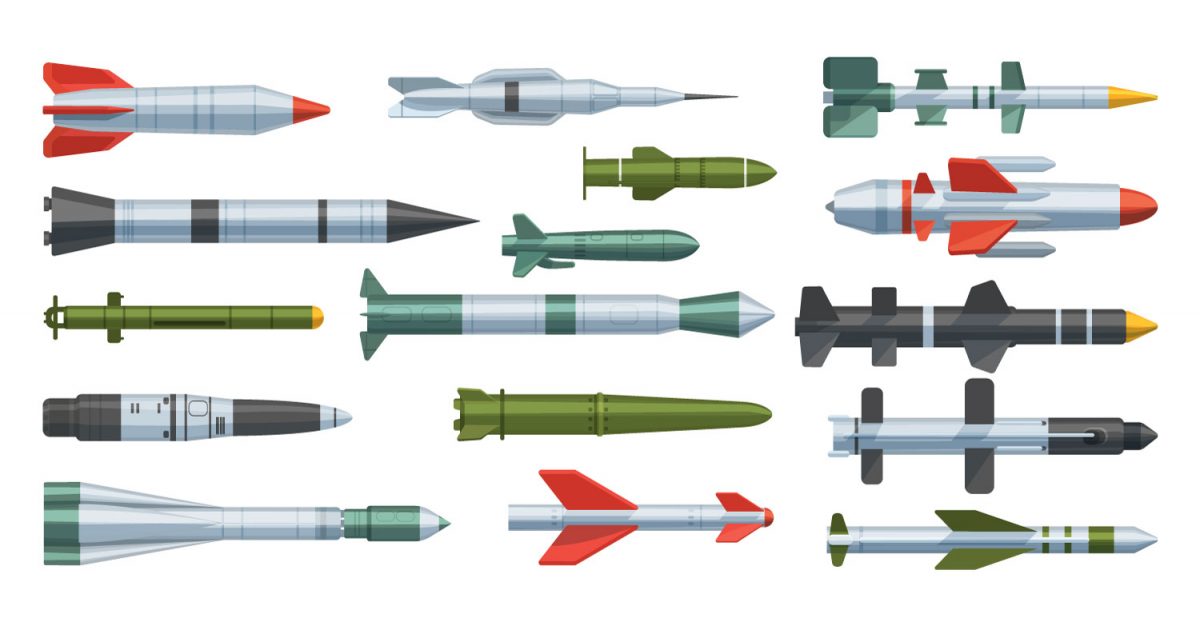Nuclear Risk
Articles about nuclear risk, written for the Bulletin of the Atomic Scientists.

Articles about nuclear risk, written for the Bulletin of the Atomic Scientists.

Thank you for your interest in getting involved with Back from the Brink! These advocacy tools are designed to help make your organizing efforts as easy as possible. If you have any questions, run into any roadblocks, or have suggestions for how to improve these tools, please don’t hesitate to contact us at info@preventnuclearwar.org. We’re here to help!

Breaking the nuclear status quo and building broad support for fundamental change in U.S. nuclear weapons policy is no small feat — we need everyone, committed individuals and organizations alike — to make it happen. Endorse Back from the Brink today! And please check out our advocacy tools if you’d like to start organizing in your community.
ORGANIZATIONS & MUNICIPALITIES
Do you officially represent an organization or municipality that cares about the planet and humanity and wants to build a better future? Please join us and take the simple step of endorsing Back from the Brink and lend your voice and credibility to this effort. And let us know if you can actively spread the word to others, be it your membership, chapters, networks or congregations.
INDIVIDUALS
Are you ready to roll up your sleeves? Whether you have just a little bit of time or a lot, this initiative needs your help to educate the public, gather more endorsements and show our elected representatives that our policies need to change. Please join us in pushing for meaningful policy change on one of the most important issues of our time. By submitting your name and email you will receive updates from the campaign. You can unsubscribe at any time.

As Americans reeled after the 9/11 attacks 20 years ago, one question was at the front of many minds: Could even worse be coming? If the terrorists who attacked on September 11 had a crude nuclear bomb on the plane, it wouldn’t have been just the twin towers—the whole lower half of Manhattan could have been turned to rubble and ash, with hundreds of thousands dead and injured.
Unfortunately, that possibility was all too real. Investigations after the attacks uncovered focused al Qaeda efforts to get nuclear, biological, and chemical weapons. The nuclear program reported directly to Ayman al-Zawahiri, now the leader of the group, and got as far as carrying out crude but sensible conventional explosive tests for the bomb program in the Afghan desert. Weeks before 9/11, Osama bin Laden and Zawahiri met with two senior Pakistani nuclear scientists and discussed how al Qaeda could get nuclear weapons.
But that was then. Today, both al Qaeda and another major jihadist terror group, the Islamic State, have suffered tremendous blows, with their charismatic leaders dead and many others killed or captured. A US-led counterterrorism coalition destroyed the Islamic State’s geographic caliphate in Iraq and Syria. In recent years, many terrorist attacks have not been much more sophisticated than driving a van into a crowd. Al Qaeda has not managed to carry out a single successful attack in the United States since 9/11. Is a terrorist nuclear attack still something to worry about?
The short answer, unfortunately, is “yes.” The probability of terrorists getting and using a nuclear bomb appears to be low—but the consequences if they did would be so devastating that it is worth beefing up efforts to make sure terrorists never get their hands on a nuclear bomb’s essential ingredients. To see the possibilities, we need to look at motive, capability, and opportunity.

Five nuclear policy solutions which would make both the US and the world safer:

More than seven decades after their development and use during World War II, nuclear weapons continue to be the basis for several states’ national security policies. The Treaty on the Non-Proliferation of Nuclear Weapons (NPT) prohibits non-nuclear weapon state parties from developing nuclear weapons. However, the NPT exempts five de jure nuclear weapon states (NWS) (France, the People’s Republic of China, the Russian Federation, the United Kingdom, and the United States) from this ban. These five states had tested nuclear weapons before the treaty was negotiated in 1968. This “exemption” is, however, countered with a legal obligation in Article VI of the NPT for the five nuclear weapon states to fully disarm. Three other nuclear armed states—India, Israel, and Pakistan—have never joined the NPT, but possess nuclear weapons. North Korea also possesses nuclear weapons, but unlike India, Israel, and Pakistan, was previously a member of the NPT obliged not to develop nuclear weapons. North Korea withdrew from the NPT in 2003, and has tested nuclear devices multiple times since 2006 despite international condemnation and sanctions. [1]
Approximately 14,900 nuclear warheads remain in the arsenals of the nine states, roughly 4,000 of which are actively deployed. [2] Five European NATO countries (Belgium, Germany, Italy, the Netherlands, and Turkey) also host approximately 150 U.S. tactical nuclear weapons as part of NATO’s extended deterrence mission. [3] The United States has reduced its globally deployed tactical nuclear weapons, but tensions between Russia and NATO make further near-term reductions unlikely. [4] Large stockpiles of fissile material, including directly weapons-useable highly enriched uranium and separated plutonium, also still exists globally. [5]
The majority of countries in the world—the non-nuclear-weapon states (NNWS) — are committed to remaining free of nuclear weapons, including some countries that once possessed nuclear weapons. South Africa announced in July 1993 that it had developed a small arsenal before destroying it in 1991 in order to join the NPT as a NNWS. Belarus, Kazakhstan, and Ukraine returned large arsenals of nuclear warheads and associated delivery systems inherited from the former Soviet Union to Russia in the mid-1990s, subsequently joining the NPT as NNWS.
Other countries, including Brazil and Argentina, considered acquiring nuclear weapons, but abandoned their programs before accepting binding restraints on nuclear weapons development. Brazil and Argentina decided to join the NPT in 1994 and 1995, respectively, as NNWS.
Many NNWS are party to nuclear weapon-free zones (NWFZs), and have thereby accepted additional legal obligations not to develop, manufacture, stockpile, acquire, possess, or control any nuclear explosive devices on their territories. Today, more than 110 countries belong to NWFZ treaties. [6] Nuclear weapon-free zones are in force in South America and the Caribbean, Southeast Asia, the South Pacific, Africa, Central Asia, and Mongolia. [7]
On 7 July 2017, a United Nations conference adopted the Treaty on the Prohibition of Nuclear Weapons, the first international treaty to comprehensively prohibit nuclear weapons, including banning the development, acquisition, test, use, threat of use and possession of nuclear weapons. Although no nuclear weapons possessing states have signed the treaty, the treaty’s passage is a significant development in disarmament politics. [8]

The James Martin Center for Nonproliferation Studies has created a series of 3D models of ballistic and cruise missiles for the Nuclear Threat Initiative.
The 3D Missile Model Collection allows visitors to interact with 3D models of ballistic and cruise missiles. Each section is organized by country.

Within Treaties and Regimes, you will find information on treaties, organizations, and regimes relating to disarmament, arms control, and nonproliferation of weapons of mass destruction. Information on each treaty or organization includes relevant full text documents, country memberships, an analytical overview, and a chronology tracking ongoing work and related developments. All entries are updated regularly, as events warrant. This material was prepared for the NTI site by the James Martin Center for Nonproliferation Studies.

This glossary is produced independently for NTI by the James Martin Center for Nonproliferation Studies at the Monterey Institute of International Studies.

Country profiles include an overview of each country’s nuclear, chemical, biological, and missile programs, in-depth information on participation in relevant nonproliferation treaties and regimes, compilations of countries’ official documents relating to nonproliferation, and links to related content. Select country profiles include descriptions of nuclear, chemical, biological, and missile facilities, which are also located on an interactive Google facilities map. This material was prepared for the NTI site by the James Martin Center for Nonproliferation Studies.